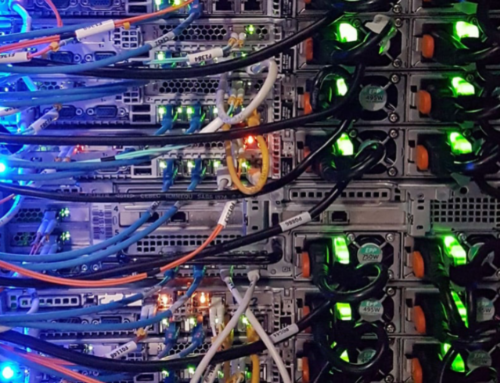EDGE
Enhanced Data for GSM (Global System for Mobile communication) Evolution
EDGE computing is not new. But it has risen in popularity and use as it has become apparent that the proliferation of Internet of Things is drastically increasing cloud traffic. It is increasingly being used in enterprise IT to run data-driven, intelligent applications, such as those needed to accommodate the growth of IoT and the massive amount of data produced by and delivered to these devices.
What EDGE Does for Networks
EDGE is not meant to be a replacement for cloud computing. Instead, the two platforms can work together to improve speed and efficiency in how data is processed in the age of IoT.
EDGE computing pushes a large part of data processing to the edge of the network where it is closer to the data source. After this happens, the processing is divvied up between the centralized system and the edge. When processing IoT device-generated data, the centralized system is a public cloud like Google Cloud, Amazon Web Services, or Microsoft Azure.
Because time-sensitive data is processed closer to the device, reaction time is improved. Time-sensitive data can be defined by EDGE applications as “hot data.” For processing data that is not needed by the IoT device or is not time-sensitive, referred to as “cold data,” the cloud can still be utilized for processing.
Real-Life Applications of EDGE
The concept of EDGE computing is applicable to devices where low latency is needed or where bandwidth constraints exist.
For example, self-driving or autonomous cars, which are essentially data centers on wheels, create approximately 40 terabytes of data per eight hours of driving. It would be a waste and drain of cloud resources if all that data were to be sent to the cloud.
LDP Associates has been designing data centers and providing moisture control solutions since 1991. Contact us for critical power, cooling, racks, and accessories to support your EDGE applications.






